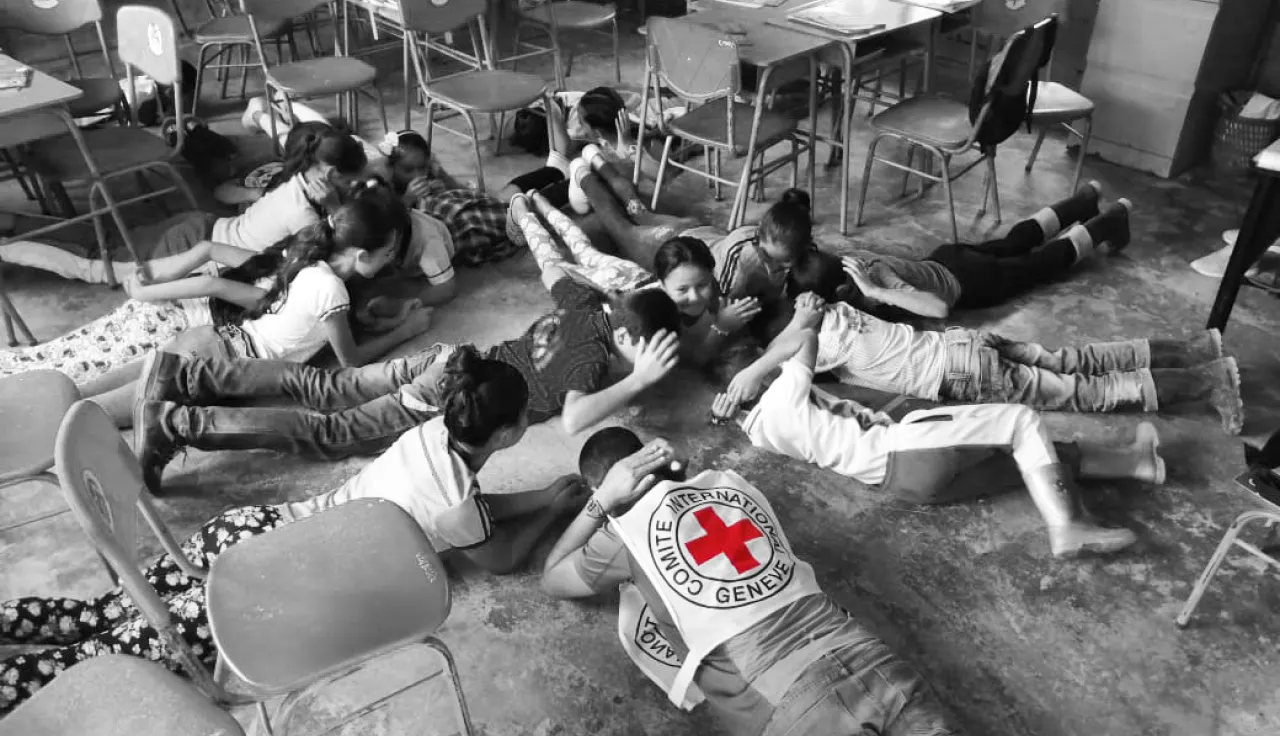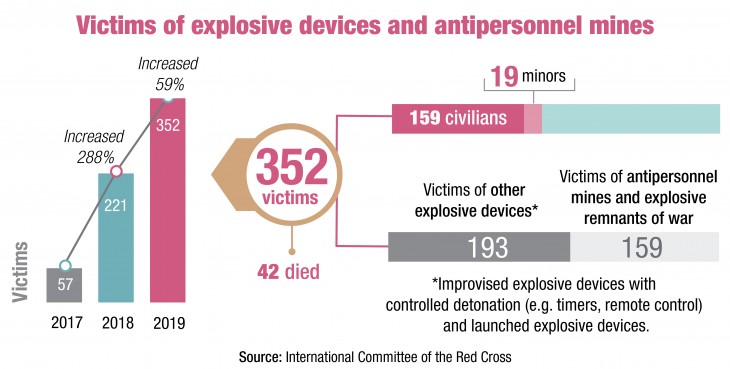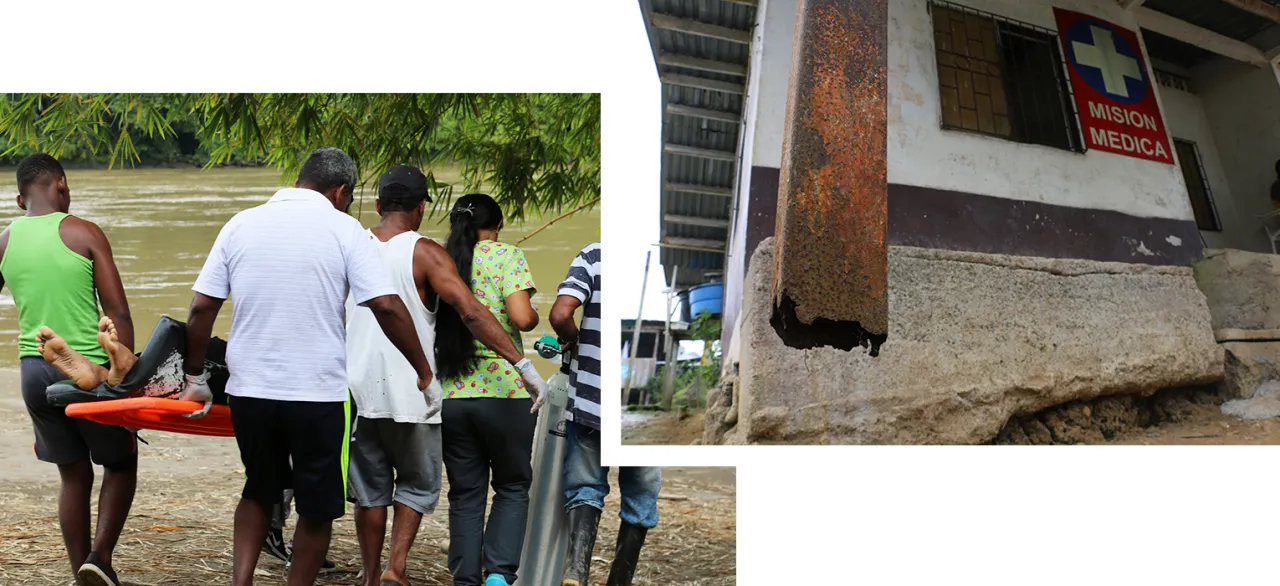The difficult reality of the armed conflict in Colombia

The resurgence of armed activities shows that peace has not yet borne the promised fruit in the most vulnerable regions of the country, where the State has not fully consolidated its presence and the arrival of migrants is spawning new challenges.
Peace is still elusive in many parts of Colombia. In 2019, there were 352 victims of explosive devices and anti-personnel mines, over 25,300 people were displaced and there were 218 acts of aggression against health workers and facilities. These were, however, just some of the sad indicators of the deteriorating humanitarian situation in several areas of the country.
Proof of this is that in 2019 our field teams documented 987 violations of IHL and other humanitarian standards.
77 per cent of these cases involved threats, homicide, sexual violence and the recruitment of minors, among other very serious acts. However, this gives us only a partial view of the situation, based on the cases recorded first-hand in the 13 offices we have in the country.
It is a disheartening panorama, which shows that all armed players in Colombia are still failing to respect the minimum rules of war and make the civilian population bear the brunt of their actions.
A complex panorama of abuses
There has been no decrease in abuses linked to the violence, which take on a different form in each region of the country. The main challenges facing us as humanitarian workers, as well as other organizations and State bodies, are thus still the following: identifying the structures of the armed factions, and establishing a dialogue with them to remind them of their obligation to comply with humanitarian rules and explain the importance of allowing us to reach the victims.
If there is no will to end the spiral of pain that too many Colombians are enduring, the answers, so necessary in these moments of uncertainty, will remain on paper alone.


Health care under threat
The institutional response to victims has indisputably been strengthened, and communities have bolstered their capacity to protect themselves and defend their rights. However, any progress made is jeopardized each time the capacity to do something as essential as saving lives comes under attack.
Threats and dangerous security conditions often prevent staff from carrying out their work.
We cannot even start to calculate the number of preventable diseases, medical complications and deaths that could have been avoided if a health worker had not been forced to flee or a health care centre not had to close its doors for lack of resources.


In conflict zones in Colombia, sick or injured people constantly face a lack of infrastructure and/or health personnel.



